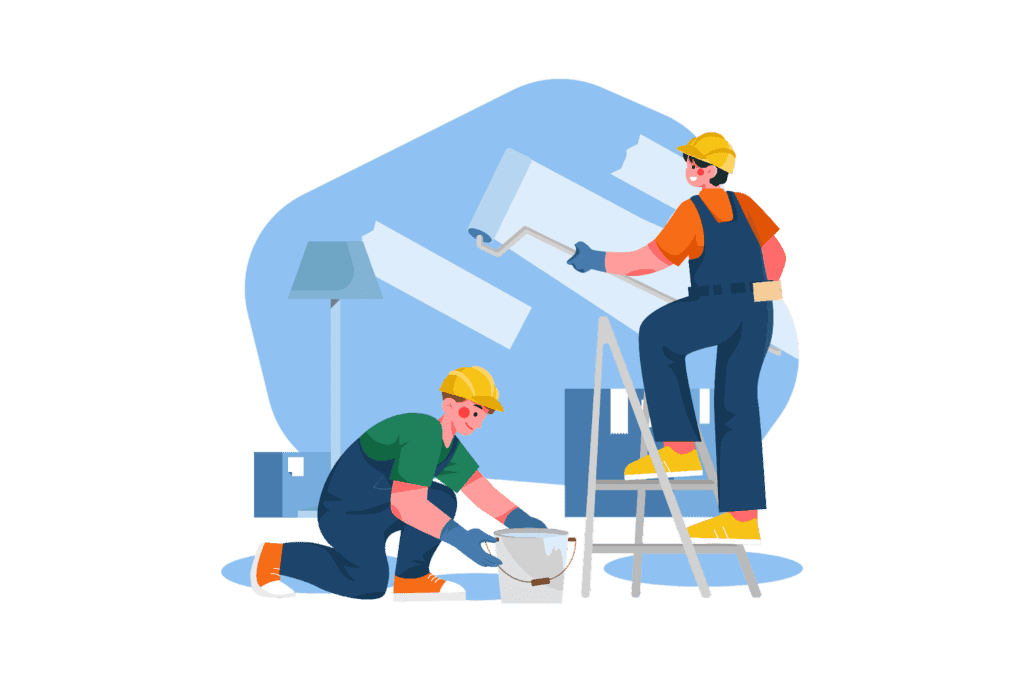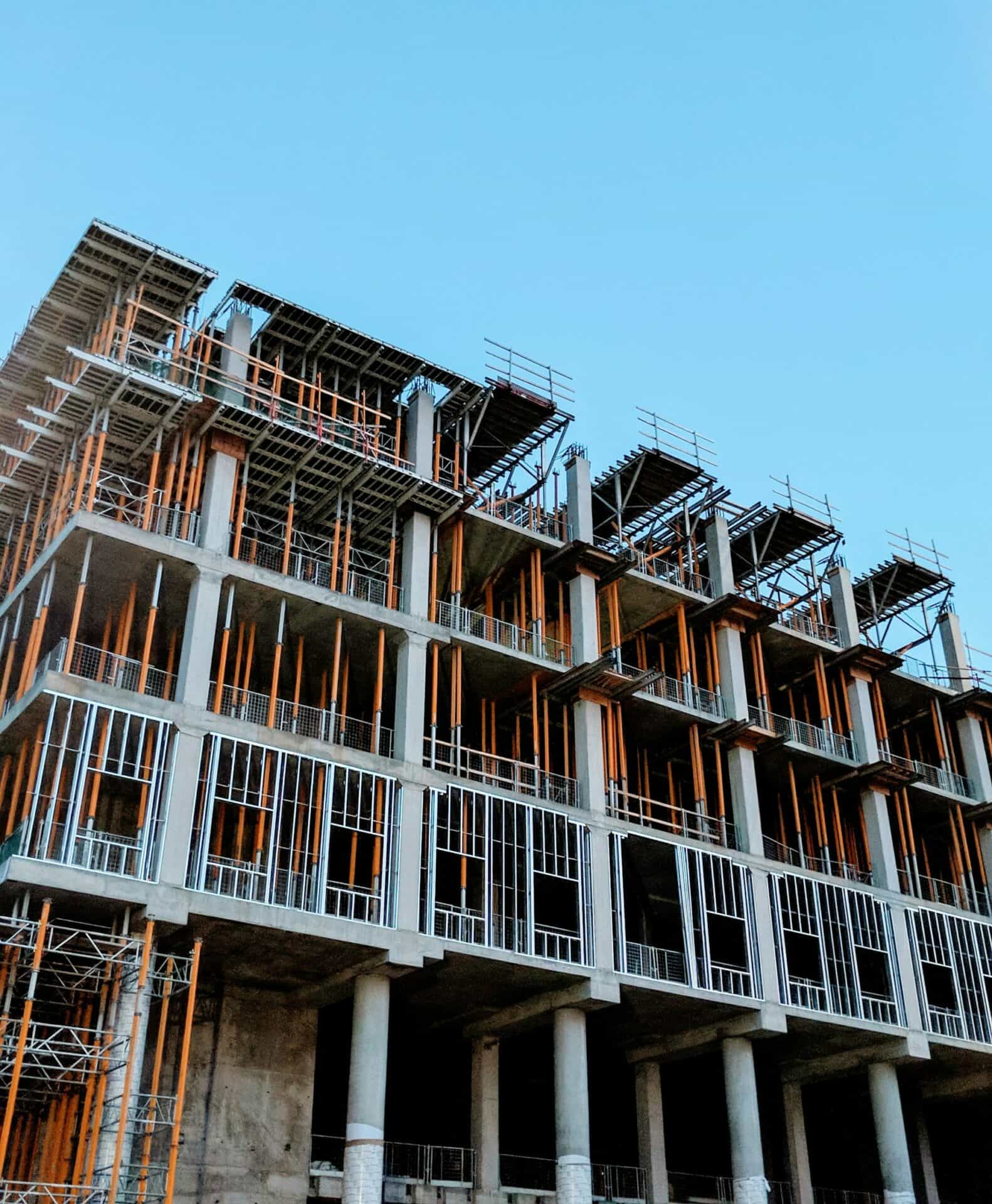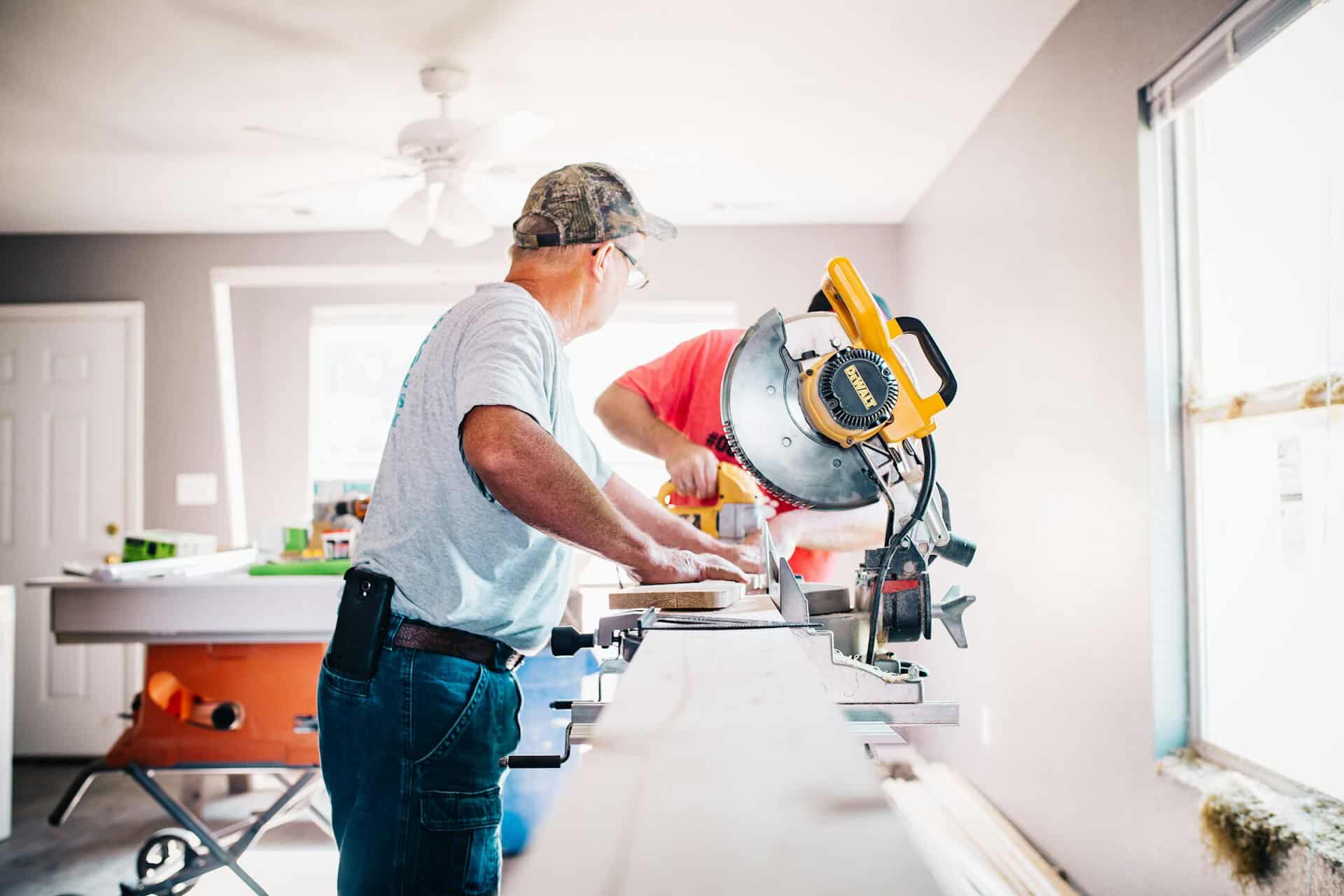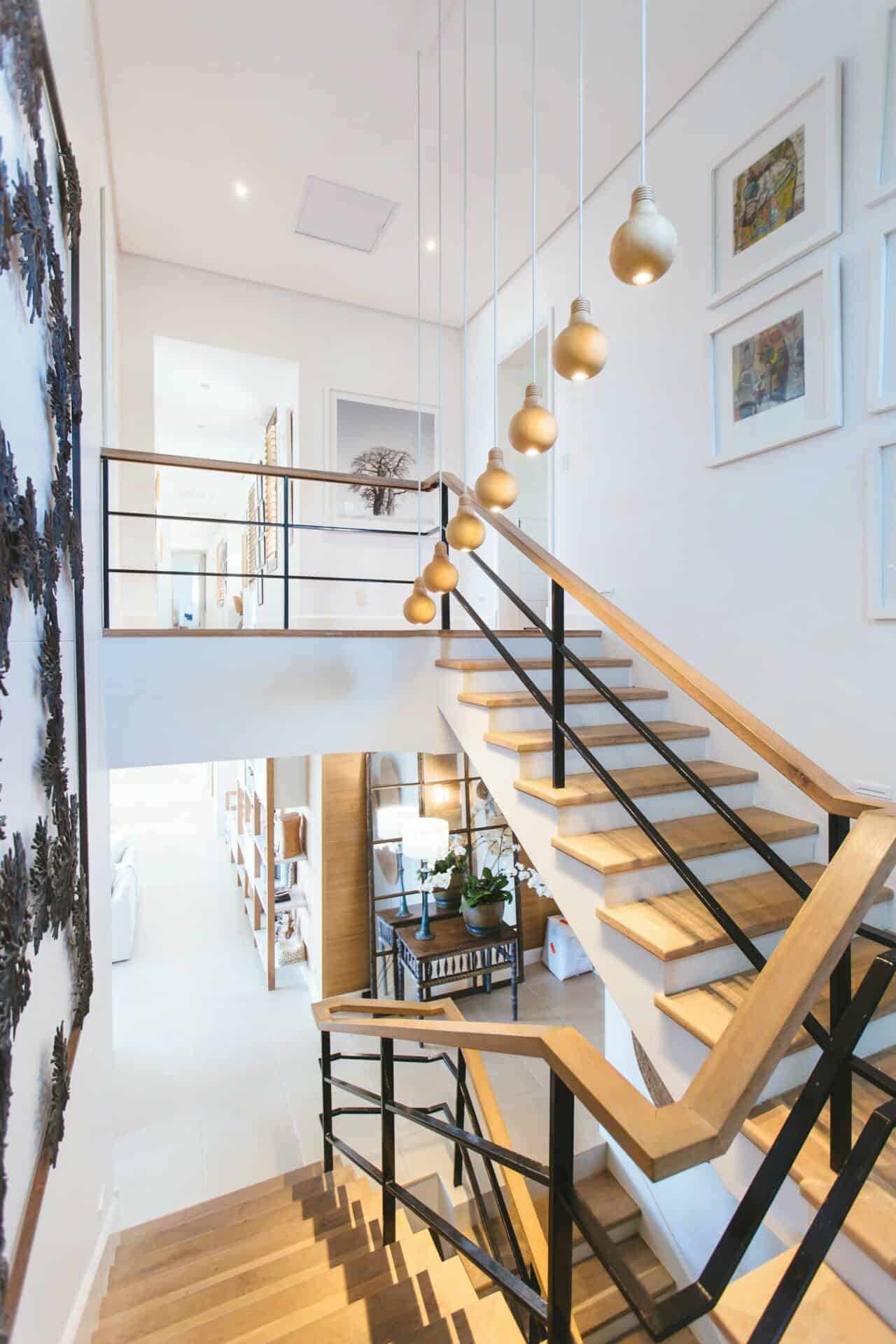Deciding on the best property investment strategies for you can be daunting, especially if you’re a first-time property investor.
But give yourself credit!
You’ve already accomplished a big part of the daunting task – making the actual decision to invest in the property market.
If you can take one bold step towards a flourishing investment future, the next few steps shouldn’t be much more challenging.
To ease any pressure that you may be feeling, we have compiled a list of some of Australia’s most popular property investment strategies.
While there is no ‘one size fits all’ property investment strategy, this list aims to provide some direction when picking the best investment path for you.
1. Purchasing Your Own Home
One of Australia’s most popular property investment strategies involves buying a home where you can principally reside.
Whilst you don’t immediately generate cash flow from living in the property you buy, the two most significant financial advantages of this property investment strategy are that:
- Your cost base is likely to rise considerably in value, especially if you do any renovations and hold onto the property for an extended period.
- If and when you decide to sell the property, you will be exempt from paying capital gains tax.
Generally, this is how most Australians first get their foot in the property investing door.

2. The Buy and Hold Property Investment Strategy
Another popular investment strategy is the buy-and-hold property technique, which involves purchasing a property with the ultimate goal of holding onto it long enough to generate capital growth.
Deemed as one of the most straightforward property investment strategies, all you must do is purchase the property and let it appreciate over time.
The only downside of going this route with your investment property is that it’s likely to take up to 7 – 10 years before you realise any capital growth.
However, while you are waiting to realise capital growth, you could use the property to generate a rental income.
The rental income can cover the mortgage costs and comes with one significant benefit: investment property tax deductions!
Knowing about your investment property tax deductions could be the difference between hoping to earn enough money from your investment and having a positive cash flow.
You can claim:
- tax depreciation;
- interest on the loan you used to purchase the property; as well as
- rental expenses such as advertising costs, utilities and insurance
You may be interested in reading our Ultimate Guide to Investment Property Tax Deductions
3. The Gearing Investment Property Strategies
Gearing simply means that you have borrowed money to buy your investment property. Your property investment portfolio can either be positively geared, neutrally geared or negatively geared.
Neutrally geared, as the name suggests, means that you break even. Negative gearing and positive gearing is slightly more complex;
Understanding Negative Gearing
Negative gearing occurs when you borrow money to invest in property, and the income you make through rent, for example, is less than your expenses.
In other words, you’re running at a loss.
Running at a loss is not ideal, but in terms of Australian tax law, it’s not actually bad.
The Australian Tax Office (ATO) allows property investors to deduct any losses they make on their investment property from their taxable income.
Investors who purchase properties for long-term capital growth don’t usually expect to make their money on the rent.
So, they will generally use the negative gearing strategy in conjunction with the ‘buy and hold’ property investment strategy.
While the investors wait to cash out on the property’s long-term capital growth, the rent can contribute to any expenses incurred.

Example
Linda purchased an investment property in 2022 for $450,000. She was able to cover some of the cost but took out a $400,000 loan to cover her shortfall. Her annual interest payable on the loan is $28,000.
Linda has decided to go with the “buy and hold” property investment strategy and rents out her property in the interim. She charges her tenants $500 per week in rent, which totals to $26,000 in annual rental income.
$500 per week x 52 weeks = $26,000 annual rental income
$26,000 annual rental income – $28,000 annual interest on loan payable = -$2,000
Linda is running at a loss of $2,000 per year, and so her property is ‘negatively geared’.
The benefit, however, is that she can reduce her taxable income by $2,000, which means she will pay less tax on her investment property.
How Does Positive Gearing Work?
Positive gearing, on the other hand, involves having an income that amounts to more than your expenses.
In other words, you are consistently making a profit from your investment property, and you could use the surplus income to reduce the size of your loan, for example.
Unfortunately, this does mean that you will be subject to a higher marginal income tax rate.
4. The Renovate and Hold Investment Property Strategy
The objective of renovating and holding investment properties is maximising the earning potential and increasing property values.
Example
In 2022, Mitchell purchased an investment property in Sydney in a prime location, boasting beautiful Sydney Harbour views from the dining room, kitchen and lounge room. The purchase price of the property was $1,150,000.
He spent $200,000 on renovation costs to update the kitchen and bathrooms, as well as to create an outdoor entertainment area. The idea was to make the property more appealing to potential renters.
After the renovation costs, the value of the property increased to $1,550,000.
Before the renovation, Mitchell’s rental rate was $1,100 per week. Post-renovation, he was able to increase his rental rate to $1,500 per week.
This increase covers the interest costs for the loan used to complete the renovation and leaves him with surplus income.
The risk, however, with the ‘renovate and hold’ property investment strategy is that there’s no guarantee that your circumstances will turn out the same as Mitchell’s example.
While you may plan as best as possible to lessen the risk, there is still a chance that your newly renovated home won’t make more money than you spend.

5. The Flipping Property Investment Strategy
Not all property investors are interested in waiting years to see a profit from their investment. So, instead, they search for old, broken-down properties to renovate to increase the sale value.
This process is known as “flipping”.
The benefit of this property investment strategy is that you can profit relatively quickly because most investors try to complete the process within 12 months.
However, it is one of the property investment strategies that demands the most skill.
A lot of planning has to go into ensuring that you accurately predict the potential of the renovation. You also risk spending more money than you budgeted if you don’t tightly monitor your costs.
This property investment strategy is generally best suited to an experienced investor who is looking to expand their portfolio quickly.
6. The Subdivision Property Investment Strategy
Subdividing involves purchasing one piece of land and legally splitting it to create two individual parts of the land.
Subdivision can provide you with various options. You can then either choose to:
- Sell off each subdivided part of the land
- You could keep one piece of the land and sell the other
- You could keep both and use one plot to generate income and the other as your primary residence.
Not only will you have various options when it comes to deciding how to utilise the plots, but the value of the land will also generally increase once it has been subdivided.
However, compared to other property investment strategies, subdivision generally takes a longer time to complete.
In the time that it takes to complete the subdivision, there may be a change in the market, making it challenging to sell one or both individual parts of the land.
Similar to the renovating property investment strategies, there is potential to maximise the return on your investment, but there are also quite a few risks.
Therefore, you must do all the necessary research and calculations beforehand to ensure it’s worth the potential risks.
Key Takeaways
There is no “one size fits all” property investment strategy when it comes to property investment strategies.
The key to picking the right property investment strategy for you is ensuring it aligns with your current financial needs and future financial goals.
This alignment requires having a good understanding of the property market in its varying stages.
Right now, it may make the most sense to gear your property negatively for tax benefits. While at a later stage, it may be better suited to renovate with the goal of eventually positively gearing your property.
Either way, it pays to speak to an expert.
As a team of property investors ourselves, we at Duo Tax understand that every dollar counts. We’ve got the expertise to help you maximise the return on your investment.
To see how our quantity surveyors can help you, get in touch today!

Ready to get started?
Talk to one of our friendly property experts to get a free quote or more Information.










